For those that are interested, I will elaborate more about what it has been like to develop and fabricate a car such as this one using Blender.
Introduction
First things first, this is a very unorthodox way to take a one-off car into production. Usually, this is a task reserved for industrial design software such as Catia, Autodesk Alias, Solidworks…programs like that. The challenge here was to produce a car with complex surfacing that can translate from a digital medium, into a 3D printer and finally into fabrication. There are no rules that say it can’t be done, but the challenges are many.
In this project, this is the 3D printer we bought to test out smaller parts, prototype other sections, and get a visual look at some components of the car.
3D printing an entire car is not really the way to go because costs are prohibitive and run into many problems. Instead, the production of the car will be a combination of techniques from 3D printing, hand fabrication, fiberglass body molding, welding, and modifying existing mechanical assemblies. Even if you 3d print most of the car, the better way would be to do it in pieces. It’s easier to recover if only a small part of the assembly fails printing rather than one big chunk.
I go a little bit into how I start my design process in this Blender article here with another project of mine: https://www.blendernation.com/2019/10/07/behind-the-scenes-nasa-rovo/
I apply the same surface shaping principles on this project as I do in the article.
Basically the biggest challenge is correctly conveying information to the shop that will build the car, creating parts that will realistically transfer to real life, keeping a realistic sense of measurement within blender, being ready to produce any level of 3D parts and fixes and giving all the possible support that is needed to accomplish this task. For example, my life on these projects has entailed things like:
1)Producing concept sketches against some basic real-life measurements to ensure certain parts can be bought and fit (like standard wheel rim sizes). Sketches help convey ideas at a basic level, quickly and cheaply.
2)Extensive talks about machine shop terminology and what can and can’t be done
3)How to design to fit a human driver of roughly 6ft in height
4) Road legality and final intent (this will be a show car mostly)
5)Reworking a certain way of doing a process. For example, originally we were focusing on a giant “foam plug” to shape the body of the car, but now that process will be done building a sectional airframe of the car, and then laying out the skin to mold on top of that.
3D Printing
As we know, Blender is capable of producing files for 3D printing applications. Although I mostly see it for small scale objects, I’ve learned this can apply to large scale objects. As long as you adhere to the same standard principles of designing objects for 3D printing. In software like Solidworks, this process is much more controlled by the software, and is easier to produce cleaner results.
In Blender, you are constantly keeping watch on your mesh, studying every angle, and keeping enough thickness and surface continuity to allow the printer to do its job. This, of course, means all objects on the car must be solid objects in nature. There are no “open” shapes. With the level of surface complexity normally associated with a car, it becomes a time-consuming job that has to be carefully planned out from the beginning and carefully watched throughout the whole design process. Early in the project, we did run into problems where the STL files I was giving the fabricator was producing holes in my design that did not exist before. It took me a couple of weeks of scratch my head to figure out what was causing the issue.
We used software like Meshlab, Meshmixer, and MatterControl to produce test files to troubleshoot the issue. Finally, I remembered reading an article where someone had increased the size of the object to allow the slicer software to process the details more easily. So I scaled up all objects times 100. This worked and we cleared that hurdle. In that process, I continued using Meshmixer to analyze and fix any minor errors in my meshes and meshlab as a powerful tool to further analyze and fix issues with the STL file before sending to printing.
As a designer, sometime you might get weird requests such as cutting parts into separate pieces for the printer to work with easier. For example, in the picture below, I had to cut the spokes off of my XR1 rim design away from the wheel dish for the printer to look at easier in prototyping. I had to remember to seal off the ends of the spokes to keep it as a solid shape. In a more expensive setup, this could be handled as one solid aluminum block piece with a 5 axis router. However, the cost of each wheel could jump up to 80 grand a wheel and would become too heavy at that point.
The light wheels you see can be done. They will be created by a combination of welding existing rims to create a new rim, acrylics and contact based “plasma strip” lighting to produce the effect seen. They will be powered via contacts at the base of the wheel connecting to charges at the main frame of the car. Very easy to do apparently.
Producing the STL file for the main body of the car was the same process. Except with the added complexity that it contains much more complex surfacing.
So we are currently at this stage. Certain parts are being built (like the engine and transmission) while we work. But still a ways to go. The chassis is being planned and fabricated underneath the “shell” of my principle body design to produce what is called a “rolling chassis”. Or basically just the metal framework with the wheels attached. The progress doesn’t always look pretty, but the idea is that you will only see (and care about) the final product. You can keep track of the project here:
To be continued…
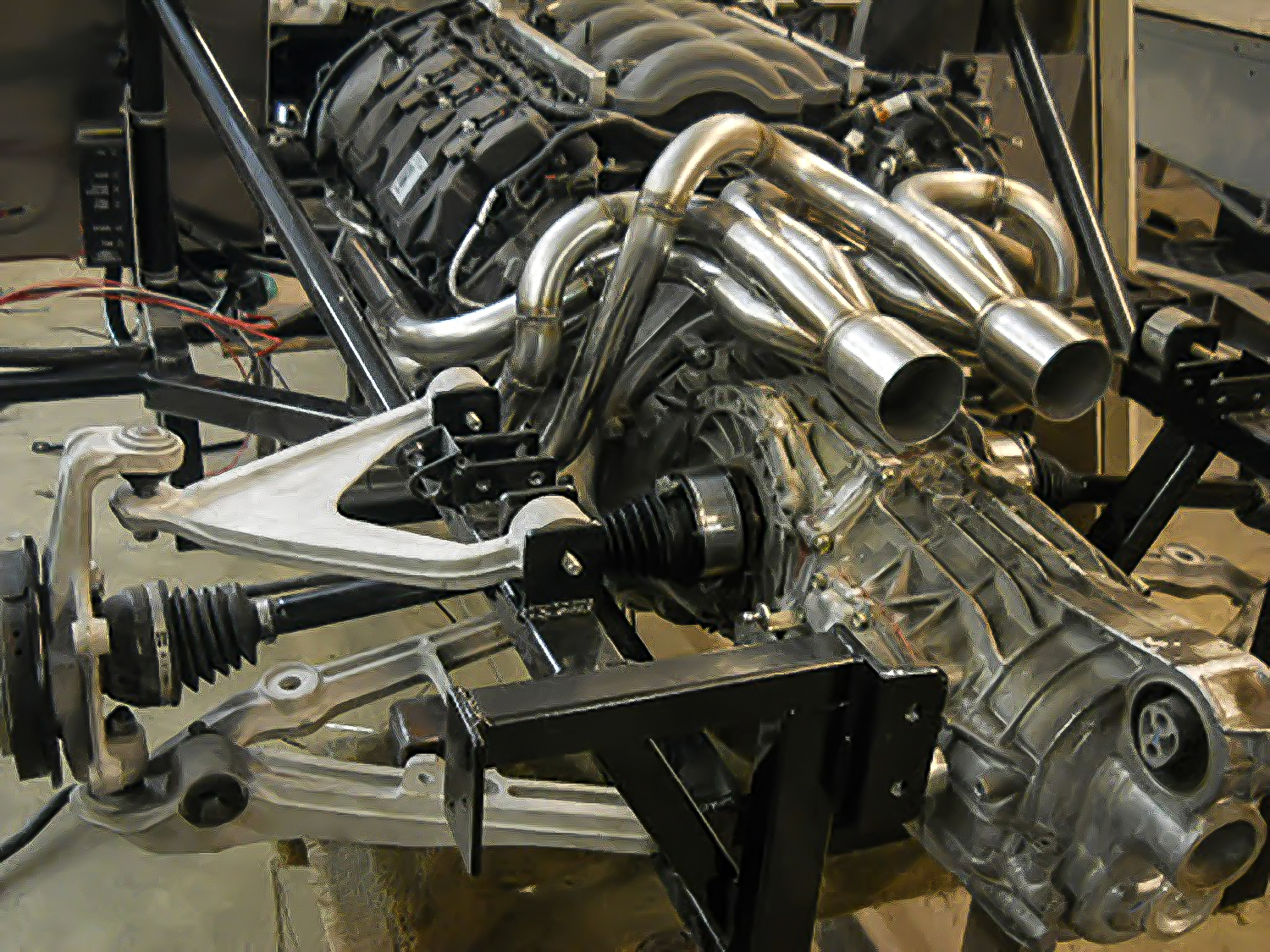
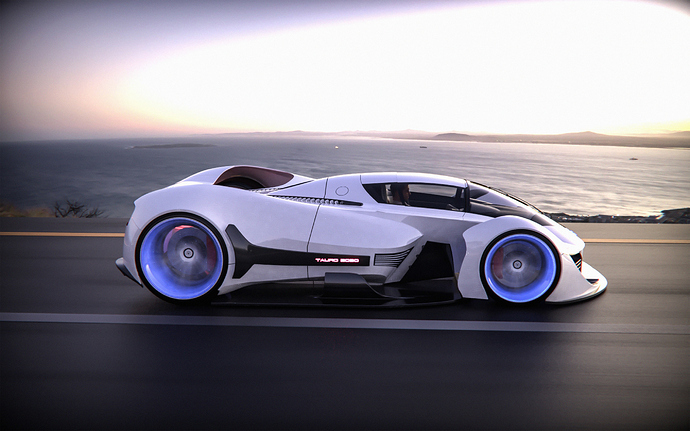
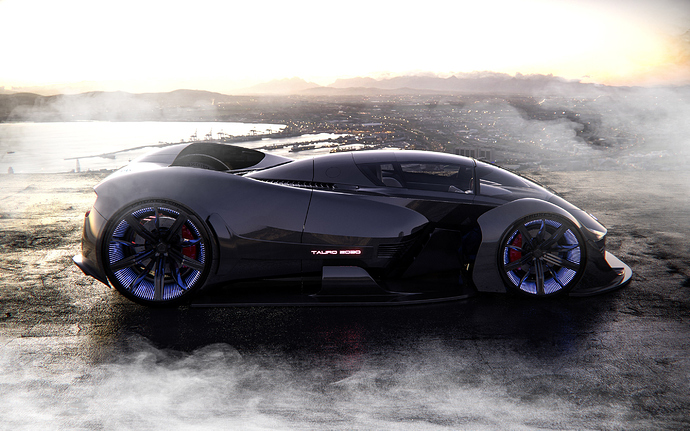
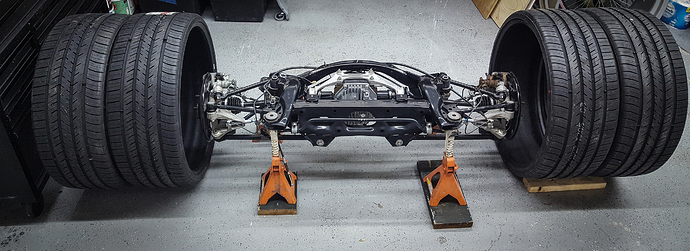
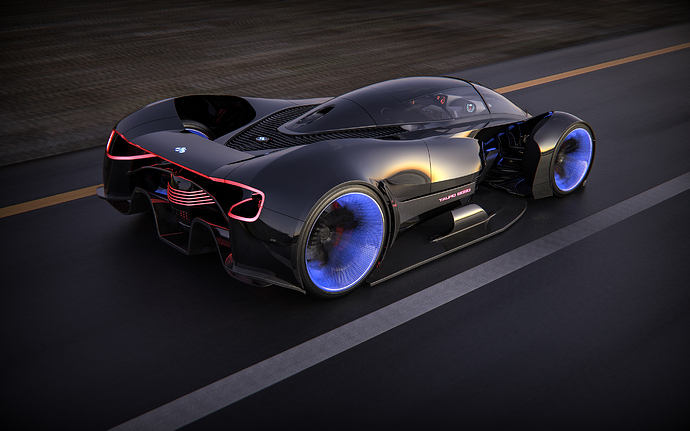
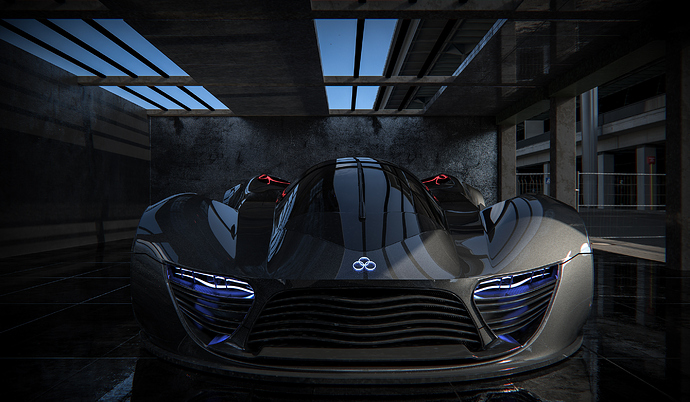
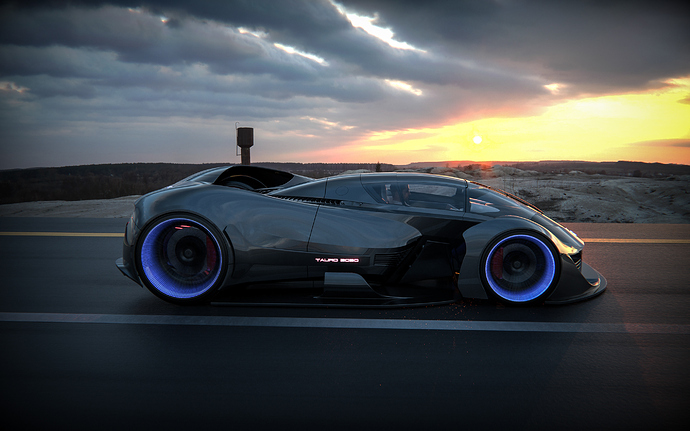
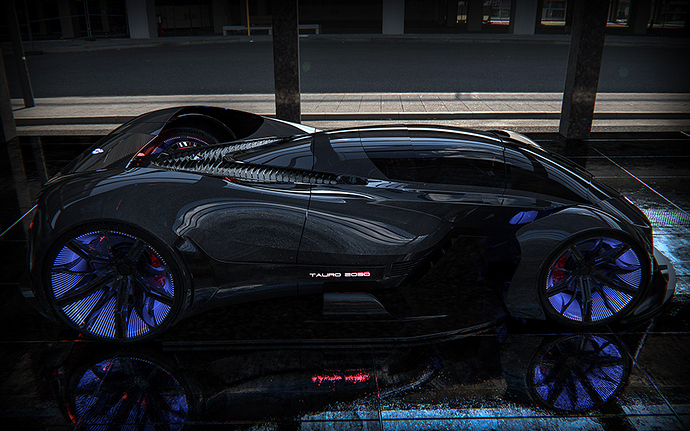
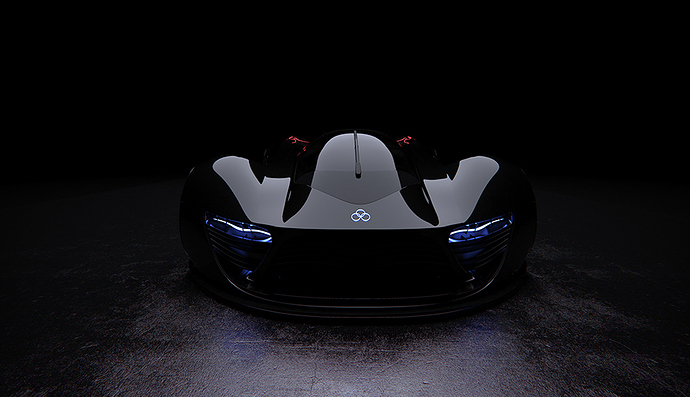
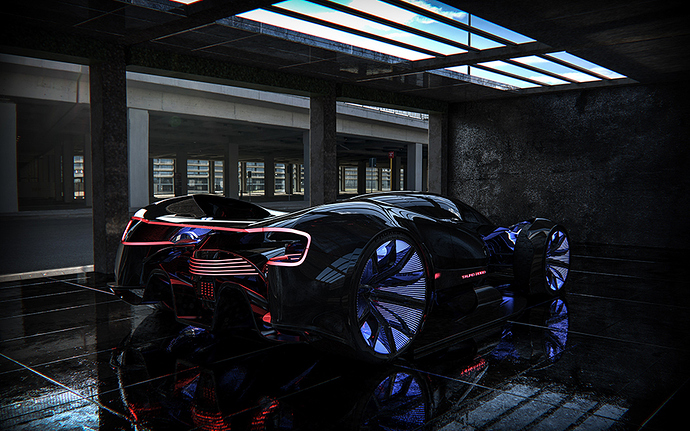
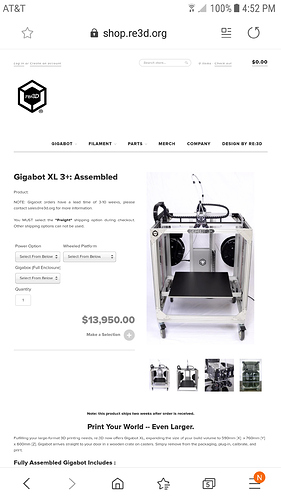
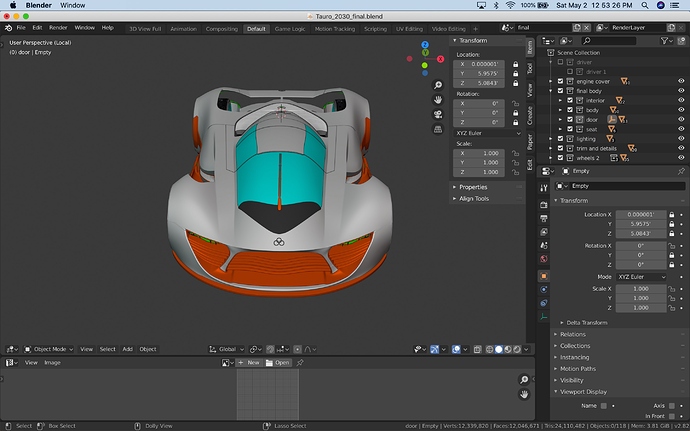
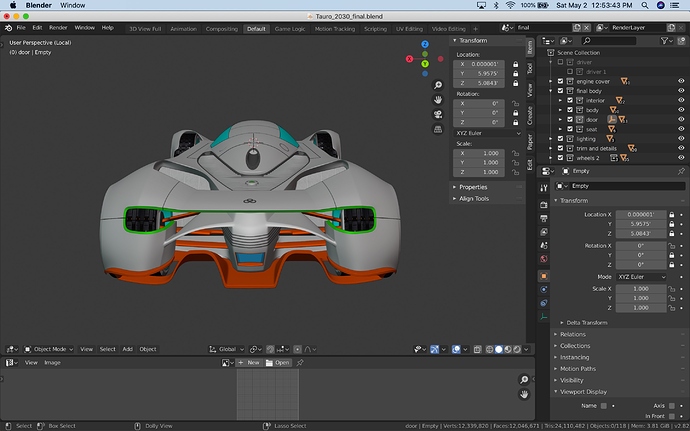
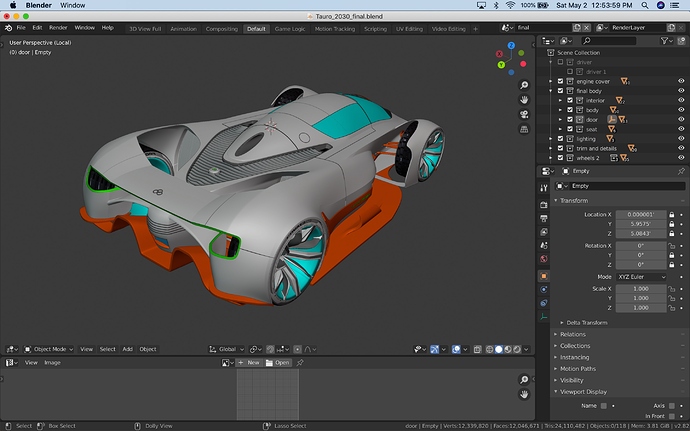
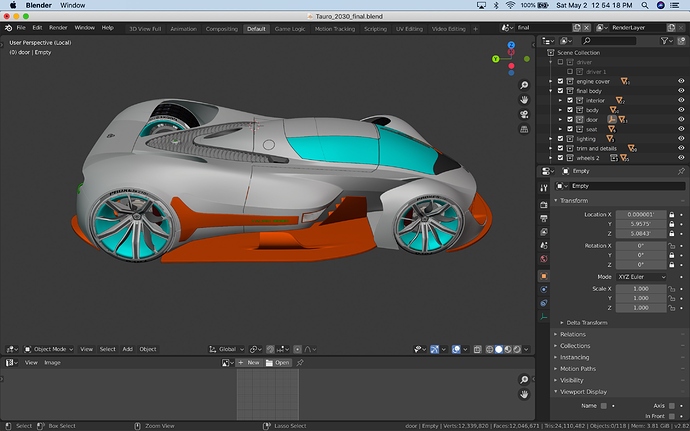
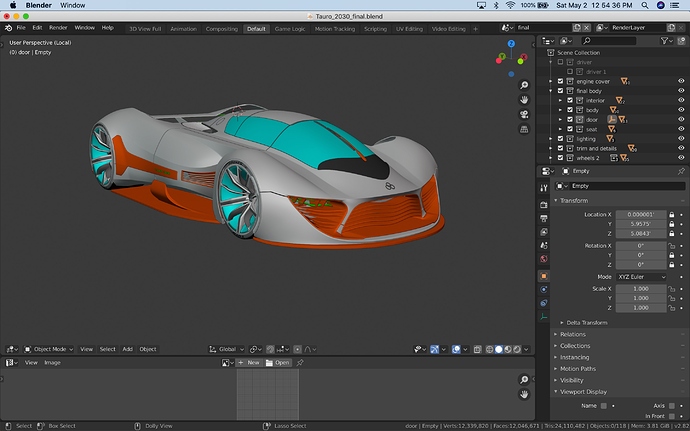
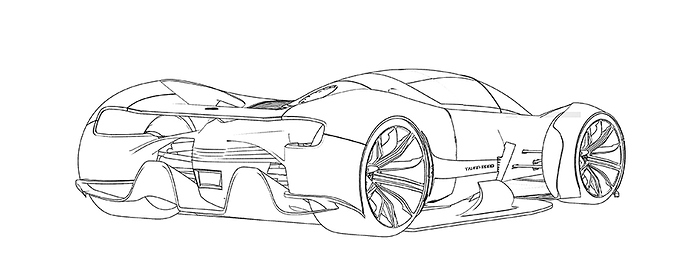
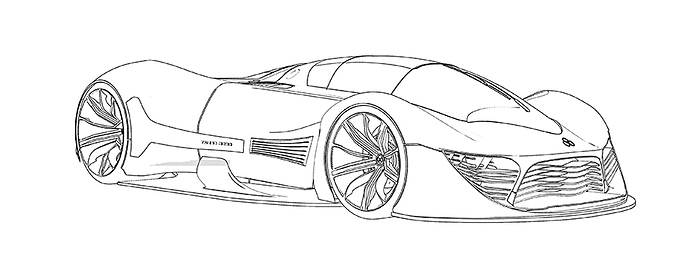
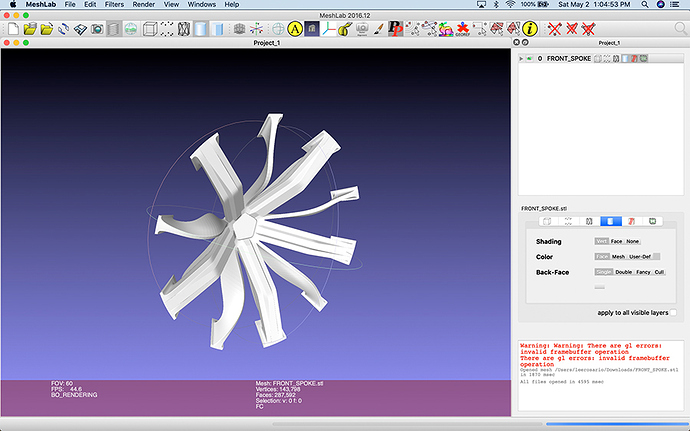
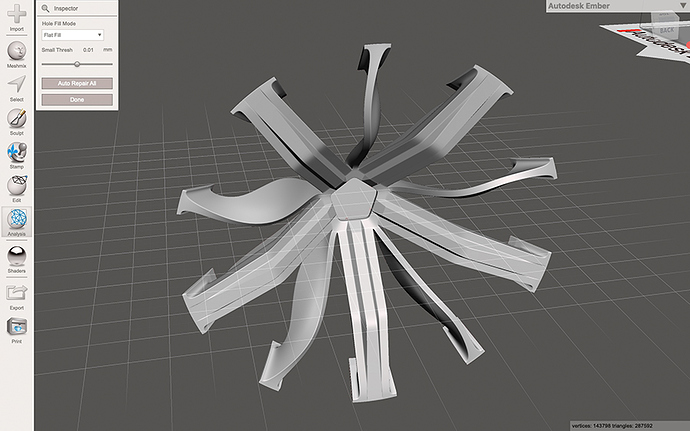
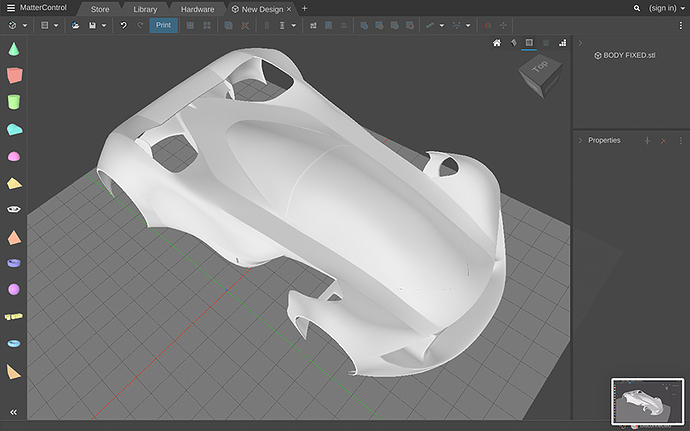
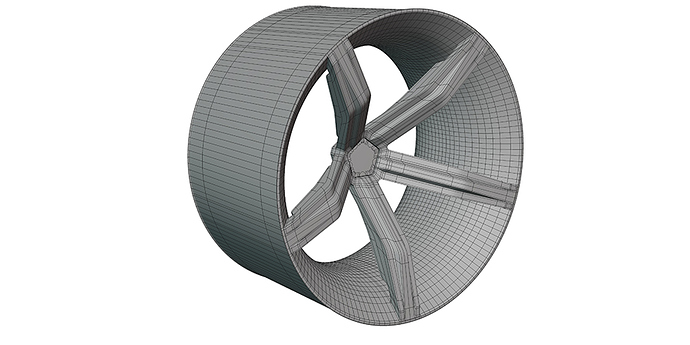
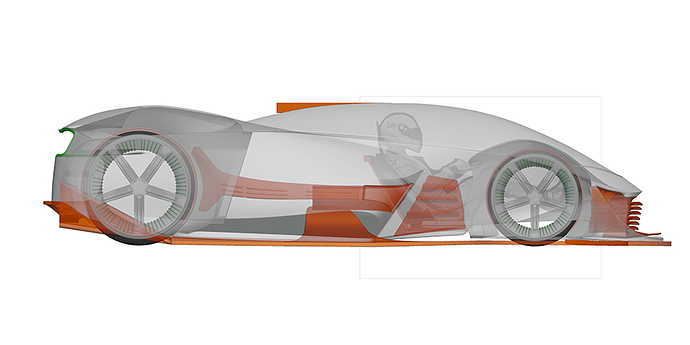



 the car reminds me of some other concept car… pffff cant remember the name. The form and shape feel familiar. Sweet renders
the car reminds me of some other concept car… pffff cant remember the name. The form and shape feel familiar. Sweet renders